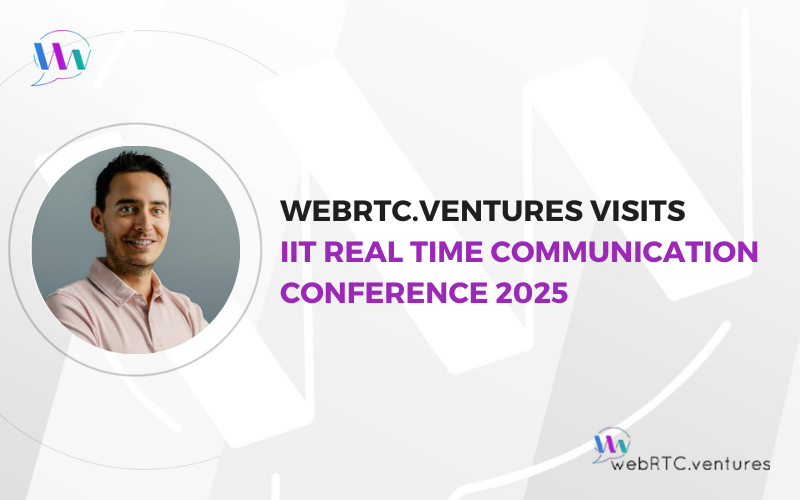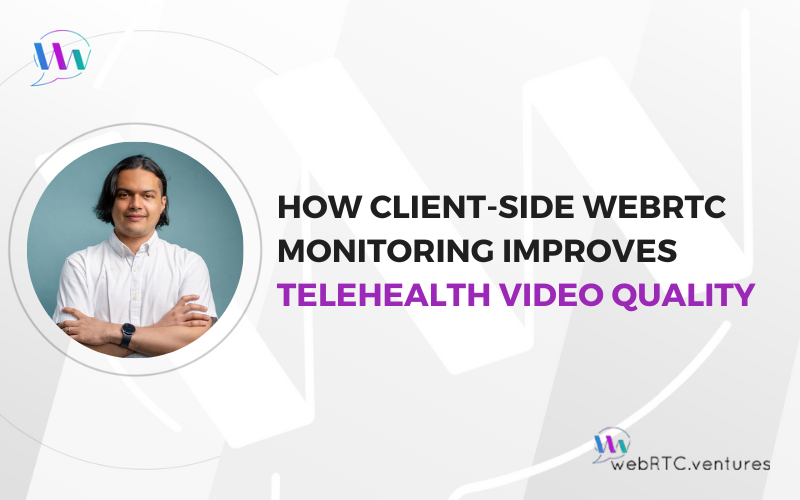Earlier this week, I had the privilege to travel back to my alma mater, the Illinois Institute of Technology in Chicago, to speak at and attend the IEEE RTC Conference & Expo 2025, which covered WebRTC, Mobility, VoIP, and Next Generation 911.
This annual event continues to be one of the leading gatherings for innovators, researchers, and practitioners shaping the future of real-time communication systems. It was a great opportunity to reconnect with colleagues across industry and academia, exchange ideas, and see firsthand where our field is heading.
Highlights from the RTC Conference 2025
The technical depth this year was particularly strong. I attended sessions across several tracks that resonated with the challenges Fortune 500 enterprises and large-scale platforms face today:
Programmable Real-Time Networks & Applications Track
HIghlights included extending full internet coverage to rural areas through fiber + LEO satellites and applying AI-driven automation for self-healing networks.

WebRTC & Real Time Applications Track
Discussions included scalability challenges, quality-of-experience metrics, and architectural solutions for billions of devices relying on low-latency communication.

VoiceTech Track
Foundational models for networking and the rapidly evolving role of real-time Voice AI in enterprise and customer-facing applications.
Next Generation Emergency Communications Track
NG911 deployments leveraging multimedia streams and AI-enhanced situational awareness to transform public safety.
My Talk: Real-Time AI Voice Agents over WebRTC
A highlight for me personally was presenting “Real-Time AI Voice Agents over WebRTC – A Practical Playbook” on the first day of the conference. In this session, I shared practical design patterns and benchmarks for deploying Voice AI at production scale:
- When WebRTC Makes Sense (and When It Doesn’t). WebRTC’s role in enabling <200 ms latency, packet loss recovery, and full-duplex audio, and the decision criteria for when to apply it in Voice AI architectures. We wrote about this just recently on the WebRTC.ventures blog: Why WebRTC Is the Best Transport for Real-Time Voice AI Architectures.
- Leveraging Open-Source Tools. Pipecat, LiveKit Agents, Whisper, Kokoro, and LLaMA / Qwen / Gemma for customizable pipelines that avoid vendor lock-in while supporting enterprise-grade deployments.
- Benchmarking and Optimization. Approaches for latency testing, accuracy evaluation, and user satisfaction measurement to consistently achieve sub-second response times.
The Q&A session after the talk highlighted the rising interest in open, transparent, and low-latency Voice AI as enterprises explore new ways to integrate intelligent assistants into customer experience and operations. I wrote about this in June on our blog: Reducing Voice Agent Latency with Parallel SLMs and LLMs. You can also test the demo.
Networking & Innovation at the RTC Conference 2025
The expo floor highlighted the next generation of real-time communication research. Students and early-stage innovators showcased projects at the intersection of RTC, AI, and programmable networks.
Beyond the exhibits, conversations with senior engineers and decision-makers from global enterprises reinforced that many of us are tackling similar challenges: scaling real-time media, balancing cost and performance, and responsibly adopting AI.
Looking ahead: Scalable, intelligent, and resilient RTC infrastructure as a competitive differentiator
The conference reaffirmed that real-time communication and AI are converging faster than ever. From enterprise collaboration platforms to mission-critical emergency response systems, we are entering an era where scalable, intelligent, and resilient RTC infrastructure will be a competitive differentiator.
I left the event energized and optimistic—not just about the technology itself, but about the collaboration happening across academia, startups, and Fortune 500 companies to make these solutions real.
Looking forward to 2026!











